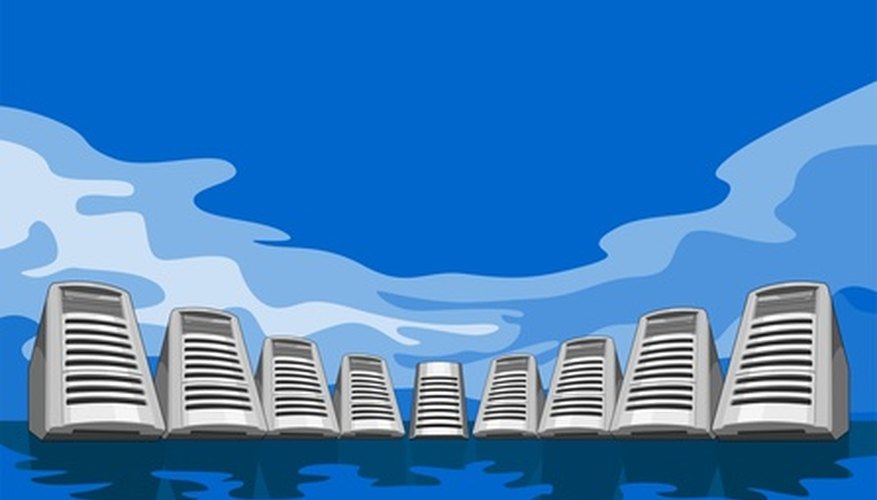Running a website is no longer a luxury for most businesses and organisations. Instead, it's a requirement for establishing the organisation's brand and place within the industry, while reaching out to new customers. Businesses are often left wondering about whether to choose internal hosting or external hosting for websites, but don't know about the differences or the trade-offs. Understanding both options will enable every business to make a sound decision when it comes time to set up a new website or upgrade an existing one.
What Is Internal Hosting?
Internal hosting for a website refers to a company possessing its own servers and hardware dedicated to its website's files and bandwidth. Everything is run and managed in-house, and all of the equipment, technology and support are provided directly by the company itself.
What Is External Hosting?
External hosting for websites includes buying service space and bandwidth capabilities from another company. Large hosting companies, ranging from Host Gator to Go Daddy and dozens of others, provide a variety of plans with different monthly fees. This enables businesses of all sizes to have a website without the need for their own equipment and resources.
Pros and Cons of Internal Hosting
The advantages of internal hosting include direct oversight and control. When everything is properly set up, maintained and scaled, it provides maximum reliability. Drawbacks include the upfront costs of purchasing servers and other equipment, as well as the need for IT staffing to manage and support the server and network. It requires special attention and care for installation and ongoing maintenance.
- The advantages of internal hosting include direct oversight and control.
- Drawbacks include the upfront costs of purchasing servers and other equipment, as well as the need for IT staffing to manage and support the server and network.
Pros and Cons of External Hosting
External hosting is typically cheap, and easy to get started with. Hosting plans for many companies start at £6 per month or less, no equipment needs to be purchased and no additional staffing or other resources are needed. Support and security are provided for the business as well. Drawbacks include a lack of direct oversight and the potential for increased downtime or outages depending on the scale of the hosting plan that's purchased.
- External hosting is typically cheap, and easy to get started with.
- Hosting plans for many companies start at £6 per month or less, no equipment needs to be purchased and no additional staffing or other resources are needed.
Choose Based on Needs
No single solution will work for every organisation or business. Choosing between internal hosting and external hosting for a website means thinking about the needs, resources and desires of the particular enterprise. Choose a solution that will be easy to implement and work with, and will provide the greatest range of benefits that the business hopes to achieve based upon its size and the nature of its operations.
